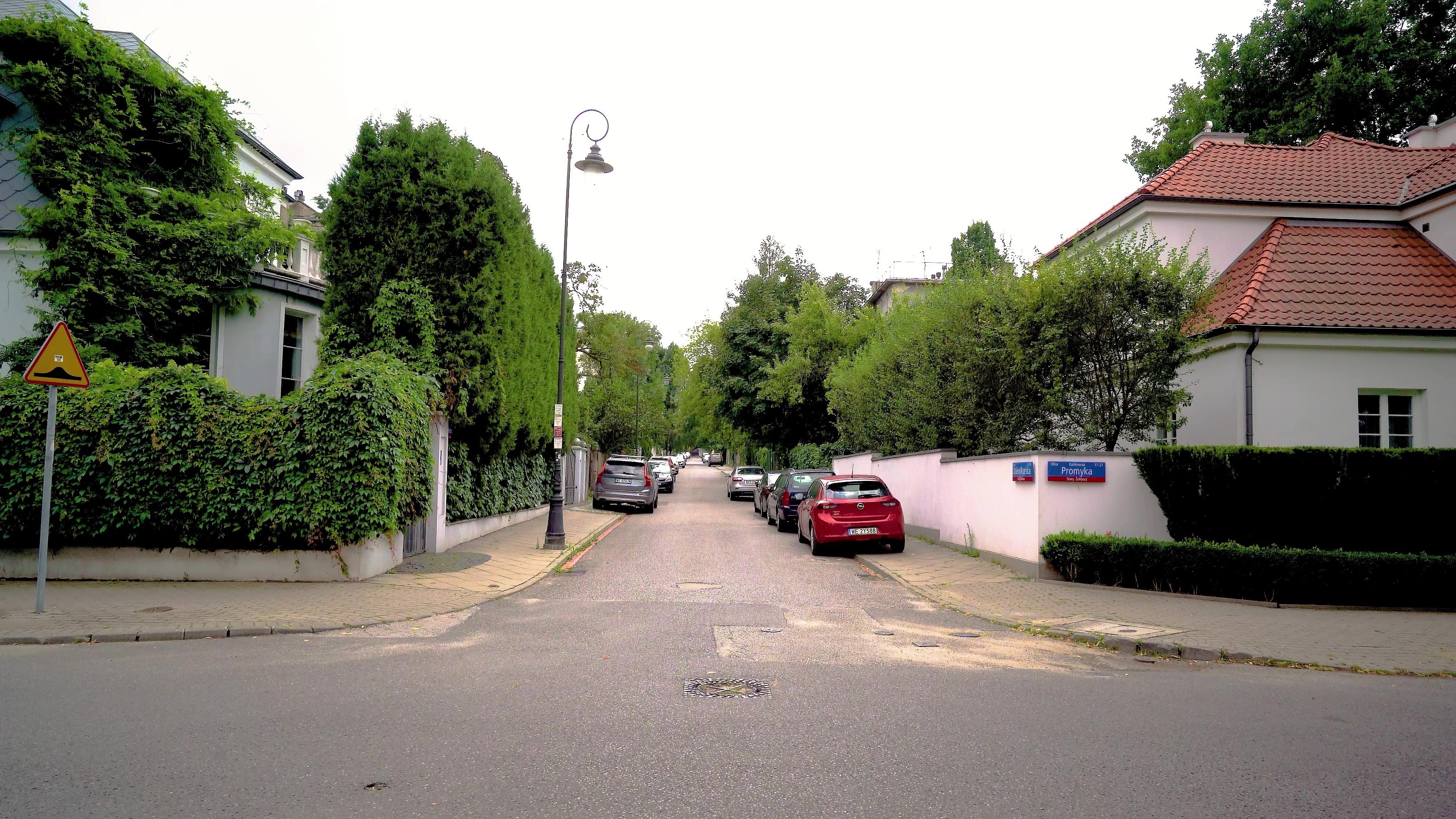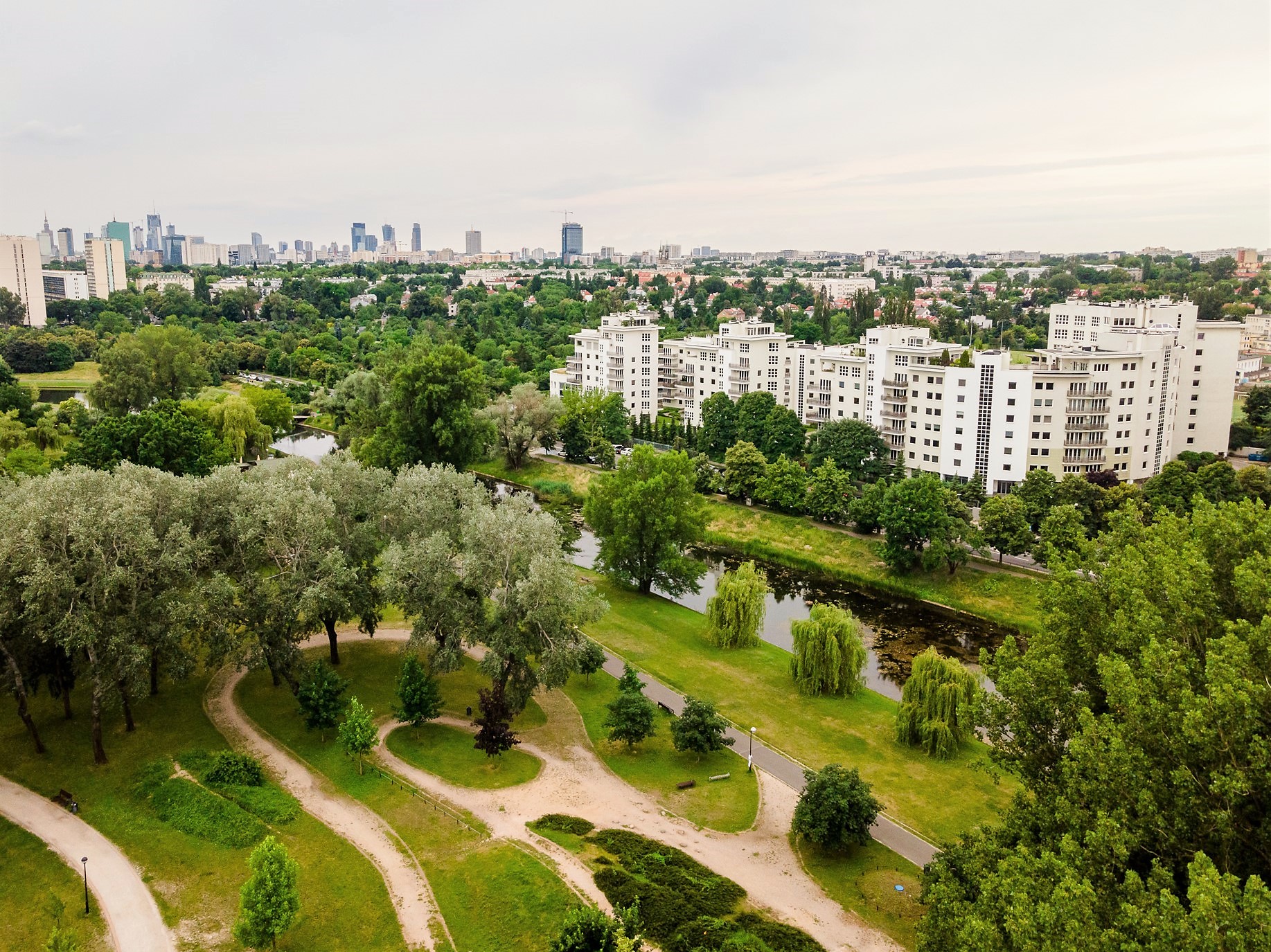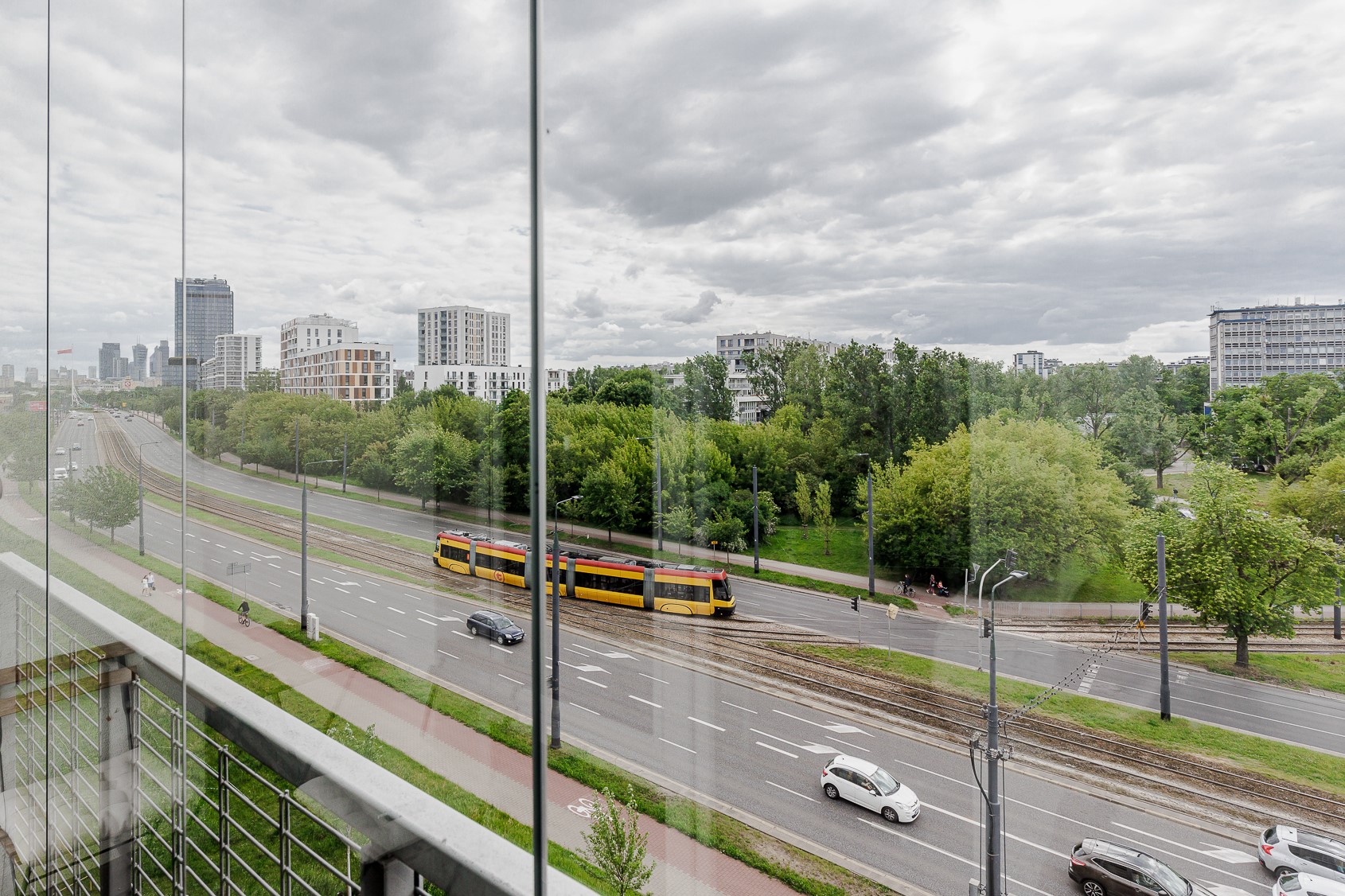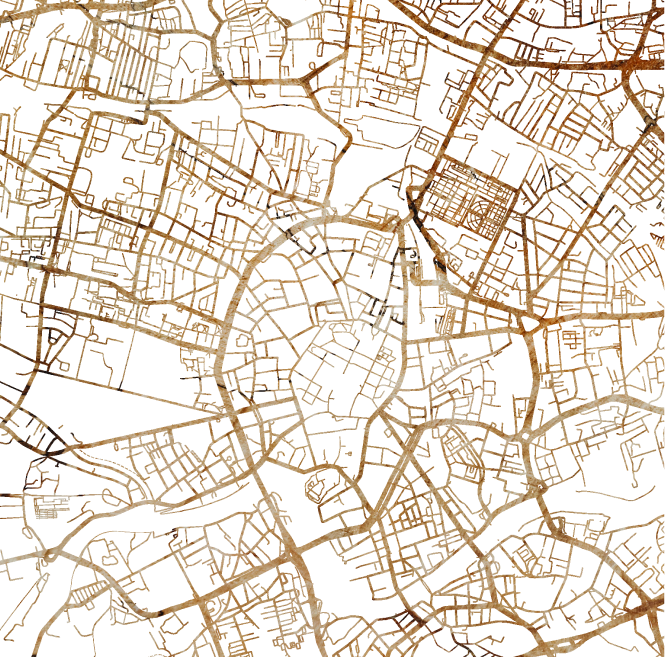Żoliborz - an artistic district with a unique interwar atmosphere
Żoliborz became part of Warsaw in 1916 and it is beloved by capital creatives to this day.
Based in Warsaw, Poland
Based in Warsaw, Poland
General Overview
Absorbed into Warsaw in 1916, the northern district of Żoliborz enjoyed something of a golden period during the inter-war year. Defined by the area’s rapid growth and development, this era saw swathes of Żoliborz earmarked to serve as a housing estate for military officers. However, the area also attracted a fleet of celebrities, writers, actors and artists, and to this day it has retained a reputation as a popular place for creatives.

Touting a pleasantly suburban atmosphere due to its rich spread of parks and quiet, leafy side streets, Żoliborz should not, however, be written off as a sedate district on Warsaw’s upper fringe. Often described by locals as a self-contained ‘city within a city’, the area boasts a rich food and drink scene and an interesting range of small, independent stores which highlight the strong sense of community. Curiously, the locals are also proud of the district’s association with David Bowie – it was during an unscheduled walk around here that the singer was inspired to write Warszawa, and his fleeting visit is today remembered by way of a huge mural on Kazimiery street.

Architecture & Property
Blending
new build apartment blocks with both pre-war housing stock and Communist era
buildings, the unique spirit of Żoliborz derives, in part, from its eclectic
architectural mix. Originally inspired by the English ‘garden cities’ created
by Ebenezer Howard, many of the most enviable properties were created to serve
as quarters for Poland’s generals and these are especially prominent around
Plac Słoneczny. Often appearing in the form of attractive terraced houses with
red-tiled roofs and column-flanked porches, these are complimented by a wealth
of early modernist villas and apartments – especially famous is the so-called
Glass House, a 100-metre long residential complex once visited by Picasso.
Communism
saw a wave of less aesthetic housing estates built and though a little
forbidding in their sight, they have been counter-balanced by a rash of modern
blocks developed these last few years. In-filled with sculptures, murals and
bursts of retro neon, the neo-modernist Żoliborz Artystyczny development is an
example of how real estate firms are seeking to entwine cultural and social
considerations into their blueprints. Unsurprisingly, it's attracted plenty of first-time
buyers, and this in turn has injected the area with a youthful atmosphere.
Architecture & Property
Blending
new build apartment blocks with both pre-war housing stock and Communist era
buildings, the unique spirit of Żoliborz derives, in part, from its eclectic
architectural mix. Originally inspired by the English ‘garden cities’ created
by Ebenezer Howard, many of the most enviable properties were created to serve
as quarters for Poland’s generals and these are especially prominent around
Plac Słoneczny. Often appearing in the form of attractive terraced houses with
red-tiled roofs and column-flanked porches, these are complimented by a wealth
of early modernist villas and apartments – especially famous is the so-called
Glass House, a 100-metre long residential complex once visited by Picasso.
Communism
saw a wave of less aesthetic housing estates built and though a little
forbidding in their sight, they have been counter-balanced by a rash of modern
blocks developed these last few years. In-filled with sculptures, murals and
bursts of retro neon, the neo-modernist Żoliborz Artystyczny development is an
example of how real estate firms are seeking to entwine cultural and social
considerations into their blueprints. Unsurprisingly, it's attracted plenty of first-time
buyers, and this in turn has injected the area with a youthful atmosphere.

Green Spaces
The name Żoliborz stems from the French joli bord (“beautiful embankment”), so it is therefore fitting to find so much green space in the area. Kępa Potocka’s curving canal-side pathways teem with rollerbladers, cyclists, joggers and strollers, whilst the stretch of parkland found on Al. Wojska Polskiego has long been home to the Saturday ‘Breakfast Market’, a daytime affair that has helped strengthen the community vibe with its food stalls and live entertainment. Surrounded by wooded parkland, the Citadel is also an interesting excursion with its environs playing host to the award-winning Katyn Museum and the soon-to-be launched Polish Army Museum and the Museum of Polish History. Close by, the riverbank is home to a small beach whilst pretty Park Żeromskiego is a draw all-year around.



